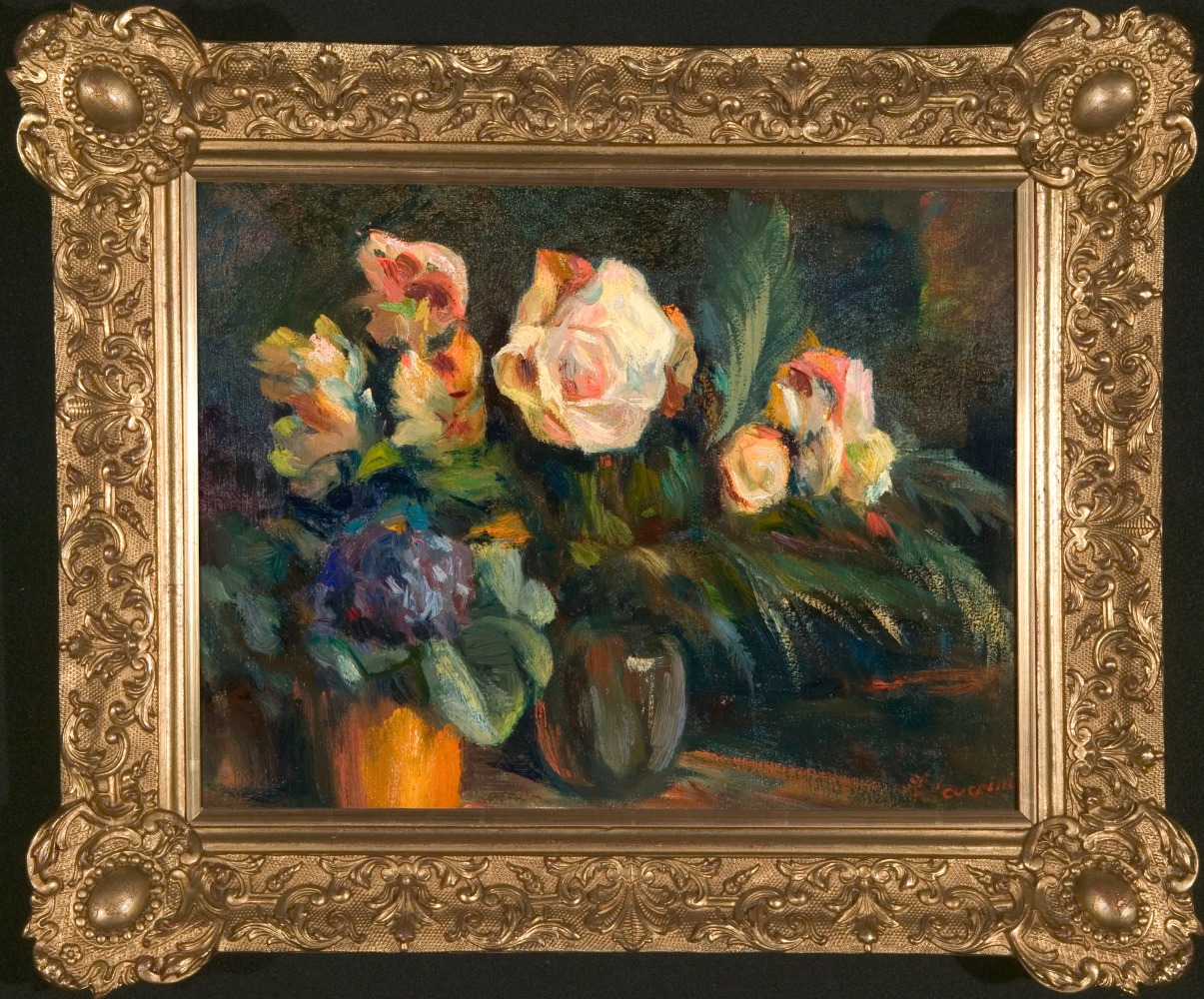Federico Severini was an Italian painter of architecture, fields, portraits, and still-lifes. He was born on March 31, 1888, in Pisa, Italy. He began painting at the age of 10, inspired by the seaside near Pisa were his family would spend holidays. He was artistically encouraged by his father, a lawyer who was involved in the city’s cultural life, and Giulio Luperini, a friend of the family who was a professor, artist, and conservator.
After completing his initial education in Pisa, Severini began bachelor studies in Applied Mathematics in 1906. After two years he went on to Engineering school at the University of Rome. In 1912, he graduated with a degree in Civil Engineering, and began teaching at the School of Engineering at the University of Pisa. From 1913 to 1919, he was assistant to the Chairman of the university’s Architecture school, Vincenzo Pilotti.
After he began to teach, he continued to pursue his love of painting, producing portraits, primarily of women, still-lifes and landscapes. He participated in the cultural and artistic society of Pisa. In 1920 he began working in public works, contributing to such prestigious buildings as the Piazza of Vittorio Emmanuele II, the Palazzo della Provincia, the Palazzo delle Poste, the Faculty of Engineering and several university clinics in Pisa and the Villa Puccini and Villa Jacomelli in Viareggio. The year 1930 marked the painter’s public debut, and he enjoyed provincial and regional success with the Sindacato Artisti e Professionisti. He had is first solo exhibition in 1932 at the Palazzo “alla Giornata” di Pisa. In 1942 became a professor of Design and Composition in Architecture from the University of Pisa. In 1943, and from 1946 to 1958 he taught design at the University of Pisa. During this period, his work intensified and he began to concentrate on landscapes, often of his favorite locales such as the city of Pisa itself, Bocca d’Arno, Marina di Pisa and San Rossore. His work also started becoming more personal and introspective. He participated in several personal and group exhibitions.
His works are found in private collections in Italy and around the world. The artist died in Pisa on October 13, 1962. After his death, numerous retrospectives have been dedicated to his oeuvres. He has also had several buildings dedicated to him; such as the Museum of San Matteo in Pisa, and Palazza Braschi in Rome. The artist himself was quoted, saying; “I paint for the pleasure to paint, without pretension to collect admiration or to catch up material advantages.”

